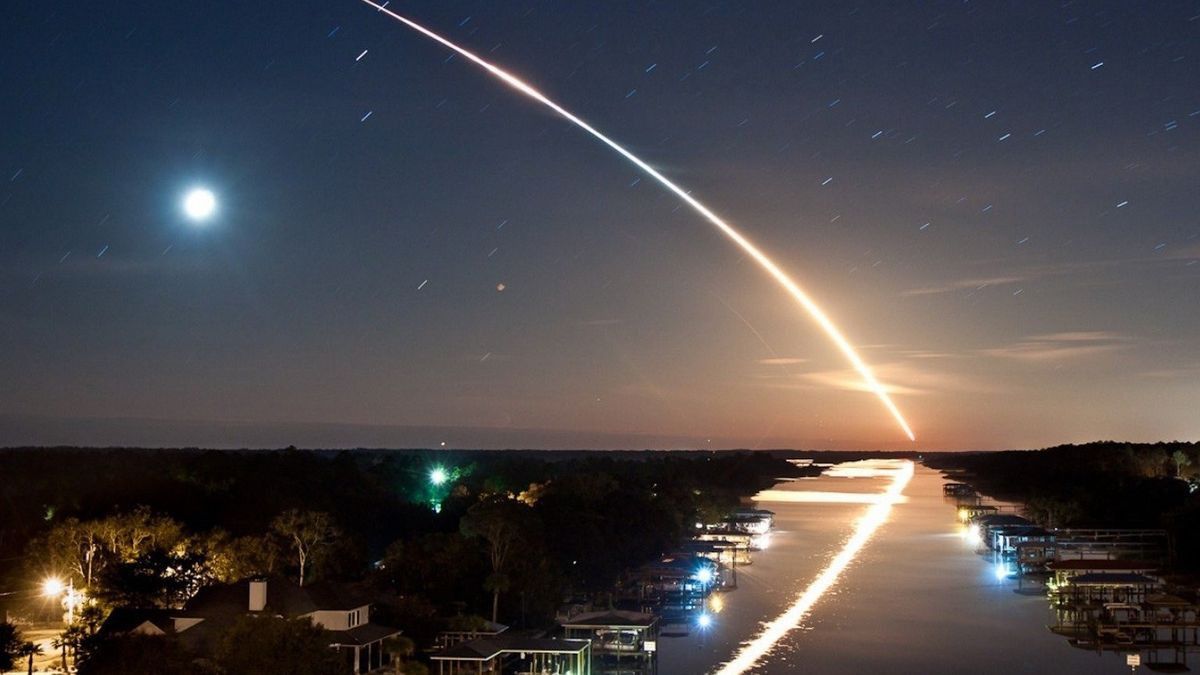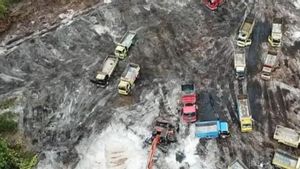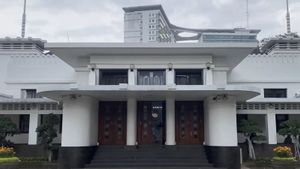
JAKARTA - Recently, a number of space phenomena such as asteroids and meteor showers often occur during Ramadan 1441 Hijriah. Some of them are even predicted to visit Earth ahead of Eid Al-Fitr.
One of them is Asteroid 1997 BQ or 136795 which is expected to cross Earth's orbit on Thursday, May 21, or to coincide with Ramadan 28. Based on data obtained by NASA's Center of Near Earth Object Studies (CNEOS), this asteroid will be visible at around 21:44 UT or in Indonesia at 04.44 WIB.
"Based on its trajectory distance, this asteroid is the closest to Earth at about 6.16 million kilometers, and is moving at a speed of 11.68 kilometers per second," he was quoted as saying on the official website of the LAPAN Space Science Center (PUSSAINSA).
According to LAPAN Center for Science and Space researcher Andi Pangerang, the asteroid 1997 BQ has a size of 650 meters to 1.5 kilometers. This space object is categorized as the Apollo asteroid and Potentially Hazardous Asteroid (PHA) with the spectral class S.
As for the spectral class S (siliceous) asteroids, they have chemical properties that are dominated by rocky silica. Asteroids in this category have a population of about 17 percent of the total asteroids that have been discovered, when compared to the majority of asteroids of spectral class C (carboneous) with a carbon material composition.

This type of asteroid has a larger half-length axis than Earth's orbit (> 1 Astronomical Unit, SA) but has a smaller perelionic distance than Earth's aphelion (<1.017 AU). Some of them have approached Earth, namely 2009 XO and 2016 HP6, 2003 OC3, 1991 DG, and 2008 TZ3.
"Some of the Apollo asteroids can be a threat to residents on Earth, if they are very close to Earth. One of them is the Chelyabinsk meteor which entered Earth's atmosphere and exploded in the sky in the city of Chelyabinsk, Russia on February 15, 2013, with a size of 17 meters," Andi explained.
The beam of light from the asteroid 1997 BQ is 10 times brighter than the Asteroid 2009 XO, which also approached Earth a few weeks ago. The orbit of the asteroid 1997 BQ is also observed to be slightly smaller and rounder when compared to the orbit of the 2009 XO, but with a considerable inclination compared to the orbit of 2016 HP6.
NASA's Ways to Prevent Asteroids from Falling to Earth
Not a few asteroids that fly in space, at any time can fall and hit Earth. Some of them can even be a serious threat to the survival of Planet Earth.
The United States National Aeronautics and Space Administration (NASA), has a number of missions to ward off an asteroid that could potentially endanger planet Earth. One way is by crashing a spaceship to destroy the asteroid object into small chunks, before approaching Earth's atmosphere.
DART - @ NASA's first planetary defense mission - will spend the next few months at #JHUAPL being outfitted with critical operating systems and its lone instrument, the Didymos Reconnaissance and Asteroid Camera for Optical navigation (DRACO). https://t.co/W9Riqo6Bbd https://t.co/36hVThU1MM
- Johns Hopkins APL (JHUAPL) May 19, 2020
Compiled from National Geographic, this space mission is dubbed the Double Asteroid Redirection Test (DART). This is an anticipation program designed by NASA from all possible asteroids or space objects approaching Earth.
NASA planetary defense scientist Lindley Johnson said that not all asteroids that will approach Earth can be blown away by DART. Because this space mission will only be carried out at times of extraordinary threat to Earth.
"There are hundreds of thousands of asteroids out there, and we want to separate asteroids that we need to keep closer and monitor over time," said Johnson.
The English, Chinese, Japanese, Arabic, and French versions are automatically generated by the AI. So there may still be inaccuracies in translating, please always see Indonesian as our main language. (system supported by DigitalSiber.id)












